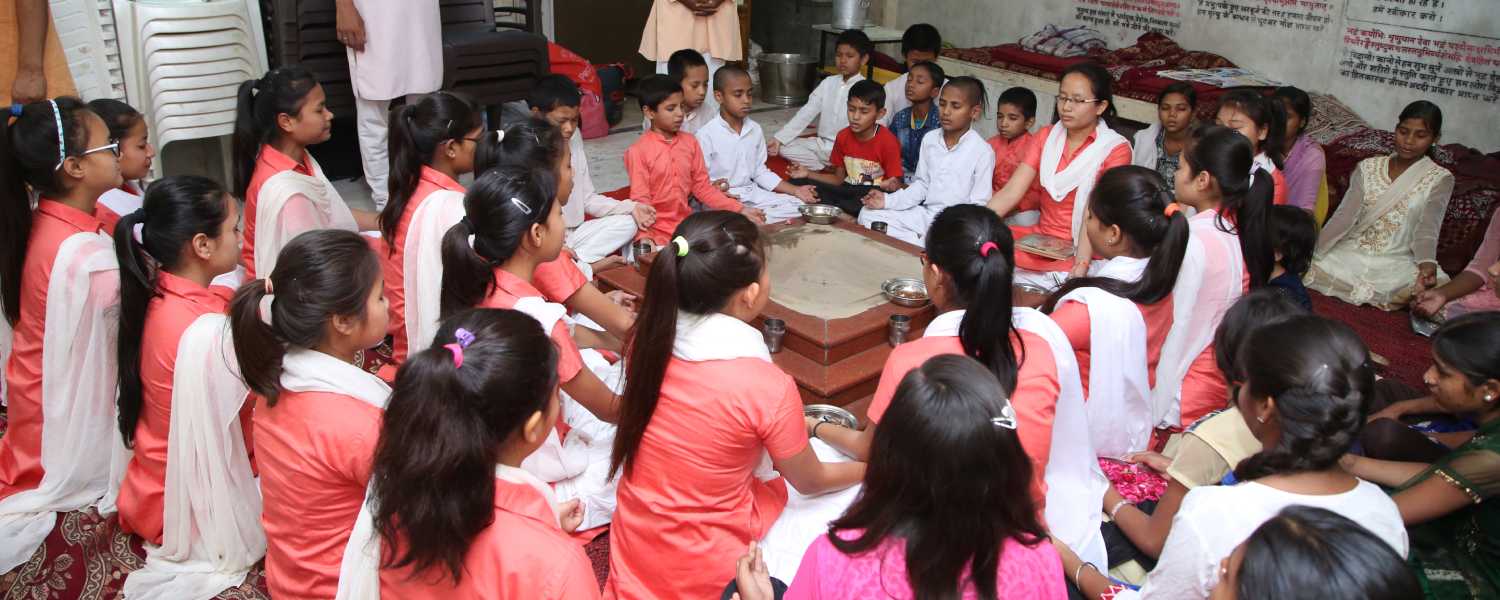This was published in the print edition of Economic and Political Weekly. (Vol XXI, No 17 Review of Women Studies, April 26, 1986 )
The Kanya Mahavidyalaya in Jalandhar was set up in the 1890s in response to the need to impart to women a special kind of education which would enable them to adapt themselves to the new demands made by the educated men of the family without losing their cultural moorings. It was one of the most successful experiments of its kind as well as the most daring and radical in its innovativeness. Its founder, Lala Devaraj an Arya Samajist and his supporters most of whom were women, faced criticism and attack from conservative opinion both inside and outside the Samaj. The battles they fought and the way the internal contradictions in the Arya Samaj theory and practice were resolved are significant because they are typical of the legacy inherited by women’s education today from its nineteenth century beginnings.
THI S is a case study of the Kanya Mahavidyalaya, Jalandhar, one ofthe first girls’ schools in the Punjab, which developed into a college and served as a model for women’s institutions not only in the Pun’ jab but in many other provinces as well. It was a product of the Arya Samaj religious and social reform movement which began in the late nineteenth century…






